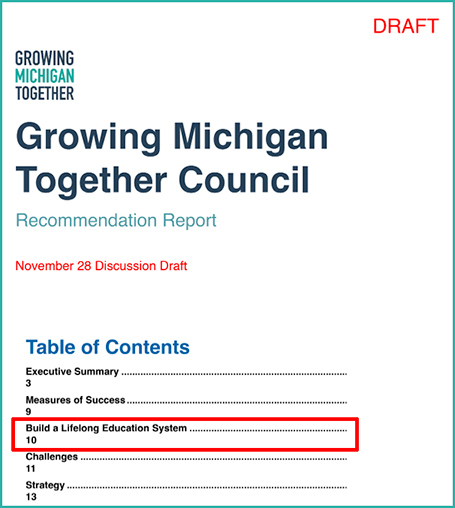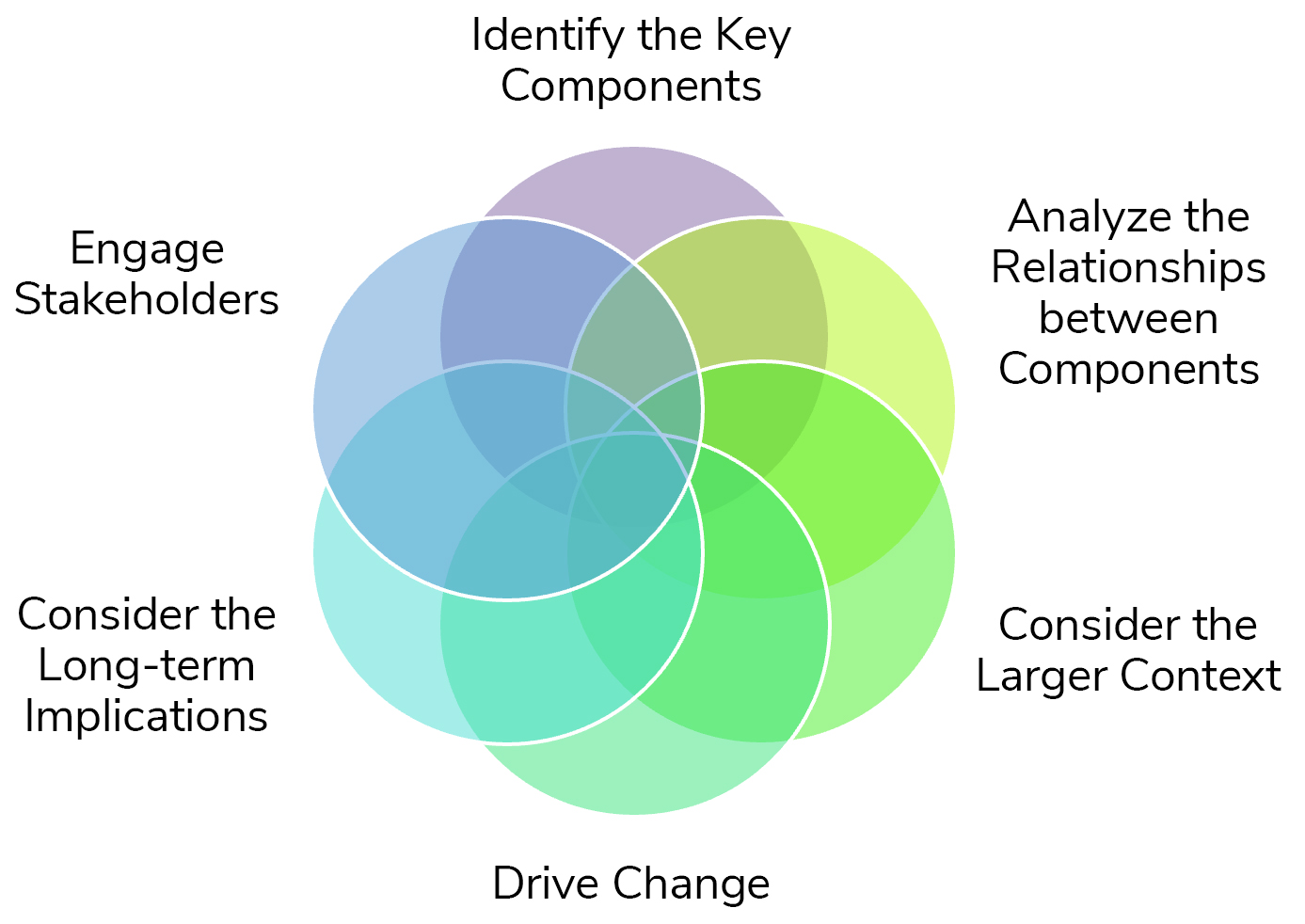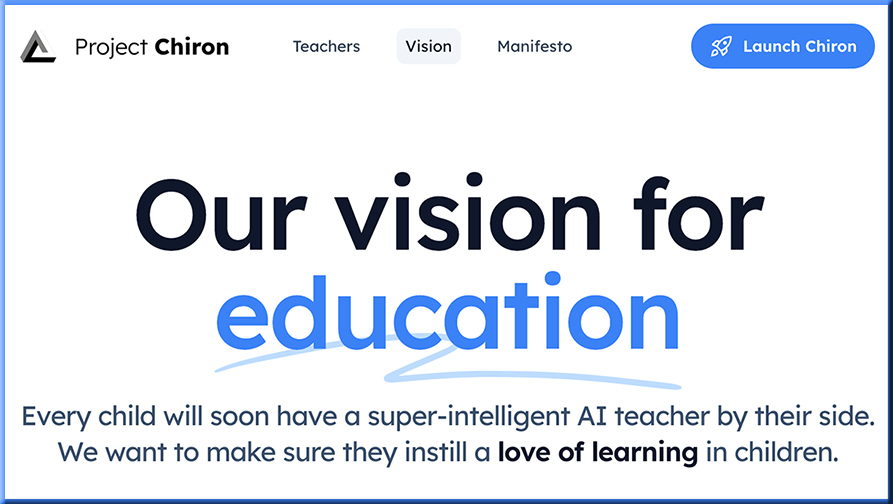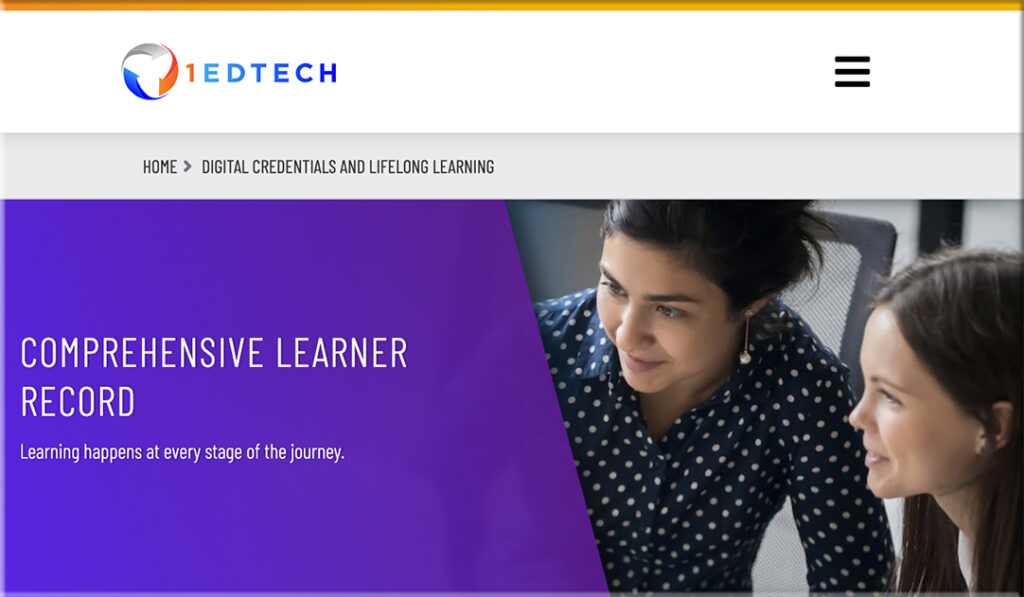Unpacking 3 major trends in ed tech and for-profit education — from highereddive.com by Natalie Schwartz
CEOs of major companies recently told investors how they fared in their most recent financial quarters, offering insight into the broader higher ed sector.
Education companies double down on degree programs
…
These programs allow Coursera users to count open courses they complete on the platform toward credit for degree programs. Students can also be admitted to degree programs based on their performance in these courses,Maggioncalda said.
Coursera recently announced it had built several of these pathways to master’s degrees offered by Illinois Tech. Coursera users can now complete professional certificates offered on the website — including from Google, IBM and Meta — as credit toward these programs.
Report Finds Students Struggling with Being Prepared for Courses and Increasingly Turning to Generative AI, Social Media to Study — from campustechnology.com by Kate Lucariello
In its second annual 2023 “Study Trends Report,” McGraw Hill found that college students were feeling unprepared for their courses, but also that they have turned to generative AI and social media to study and would like more learning resources in a similar format.
The study, conducted by Morning Consult between July 18 and Aug. 11, 2023, surveyed 500 undergraduate college students and 200 college instructors. Some of the key findings include:
The Plot To Kill Shop Class — by Ryan Craig
I suspect College Board may be trying to repent for its original sin: killing vocational education. Now known as career and technical education (CTE), America’s college-or-bust mentality has long relegated CTE to a shadowy corner of high school.
…
But make no mistake: the College Board’s fingerprints are on the weapon that killed CTE. College Board launched Advanced Placement courses in 1955 with 500 students across 18 elite schools like Andover, Bronx Science, and Newton High School. The original idea was guiltless: more challenging curricula for gifted and talented students to accelerate the development of leaders and win the Cold War. But it soon became clear that AP’s primary purpose would be to give students a leg up in competitive college admissions; as early as 1960, Exeter worried about “a dangerous tendency to regard advanced placement teachers and students as an elite worthy of special praise.”
When College Board’s primary source of revenue (and profits) is AP courses and demand for AP is driven by a weighted GPA formula that discriminates against all other forms of education, any attempt to create a level playing field between career discovery and college is window dressing: CTE theater. College Board knows which side its bread is buttered on (hint: it’s in its name).
2U, USC Curtail Online Partnership — from insidehighered.com by Doug Lederman
Southern California and the online program manager will part ways on master’s degrees that became a target of scrutiny because of their high price.
Which makes it fitting, perhaps, that Thursday 2U and USC announced that that they would largely wind down their 15-year partnership, which in the eyes of consumer advocates and some journalists had come to exemplify how involving companies intimately in the delivery of education could undermine, rather than expand, access and affordability to higher education.
edX and Jobs for the Future Offer Free MicroBachelors Programs — from campustechnology.com by Kate Lucariello
Three MicroBachelor programs are currently available:
- Statistics Fundamentals and Mathematics and Statistics Fundamentals from The London School of Economics;
- Marketing Essentials and Business and Professional Communication for Success from Doane University; and
- Full Stack Application Development from IBM.
PROOF POINTS: Professors say high school math doesn’t prepare most students for their college majors — from hechingerreport.org














